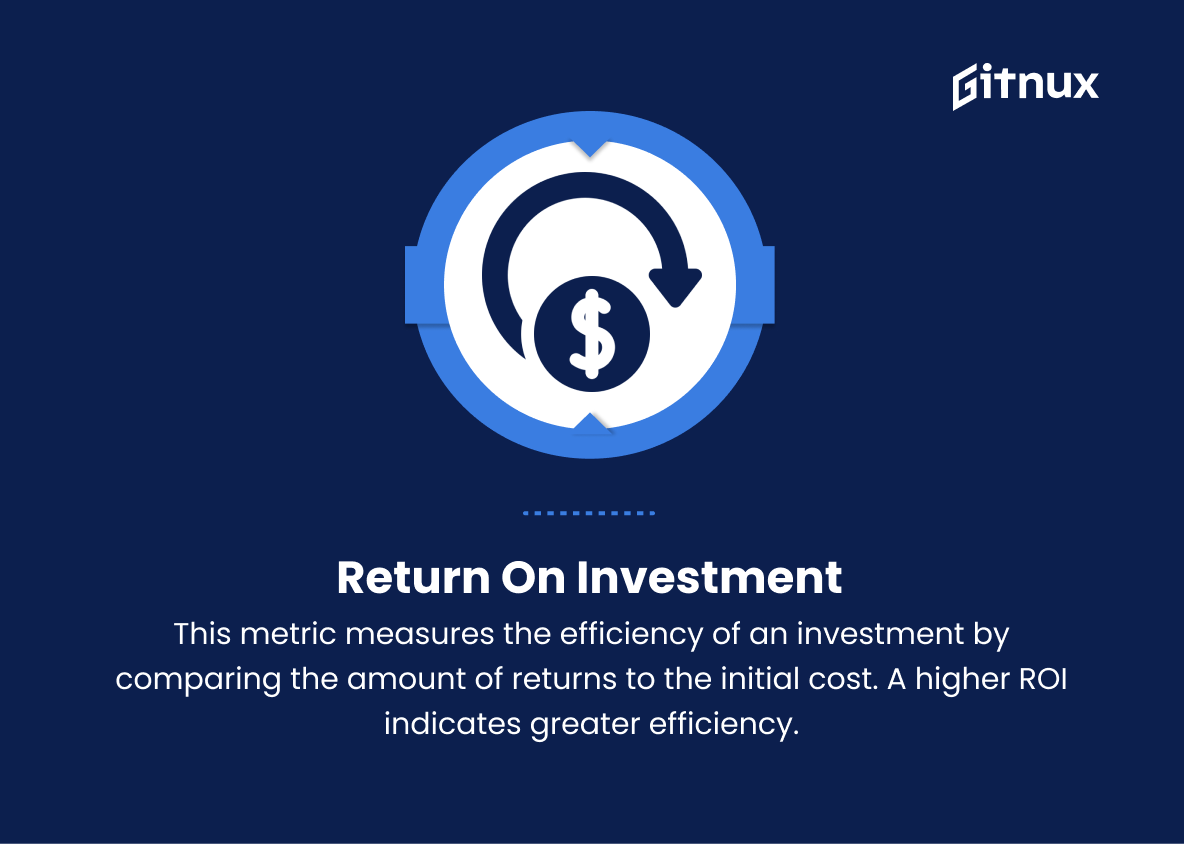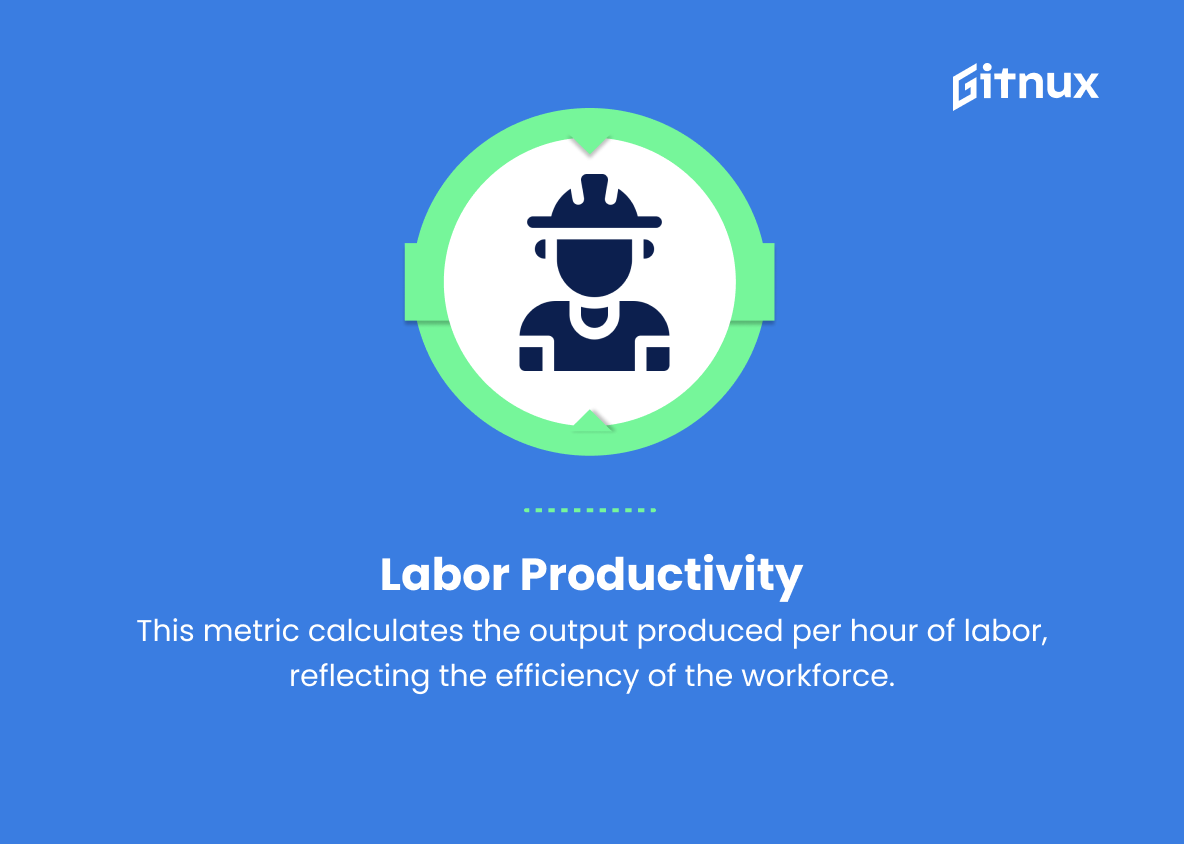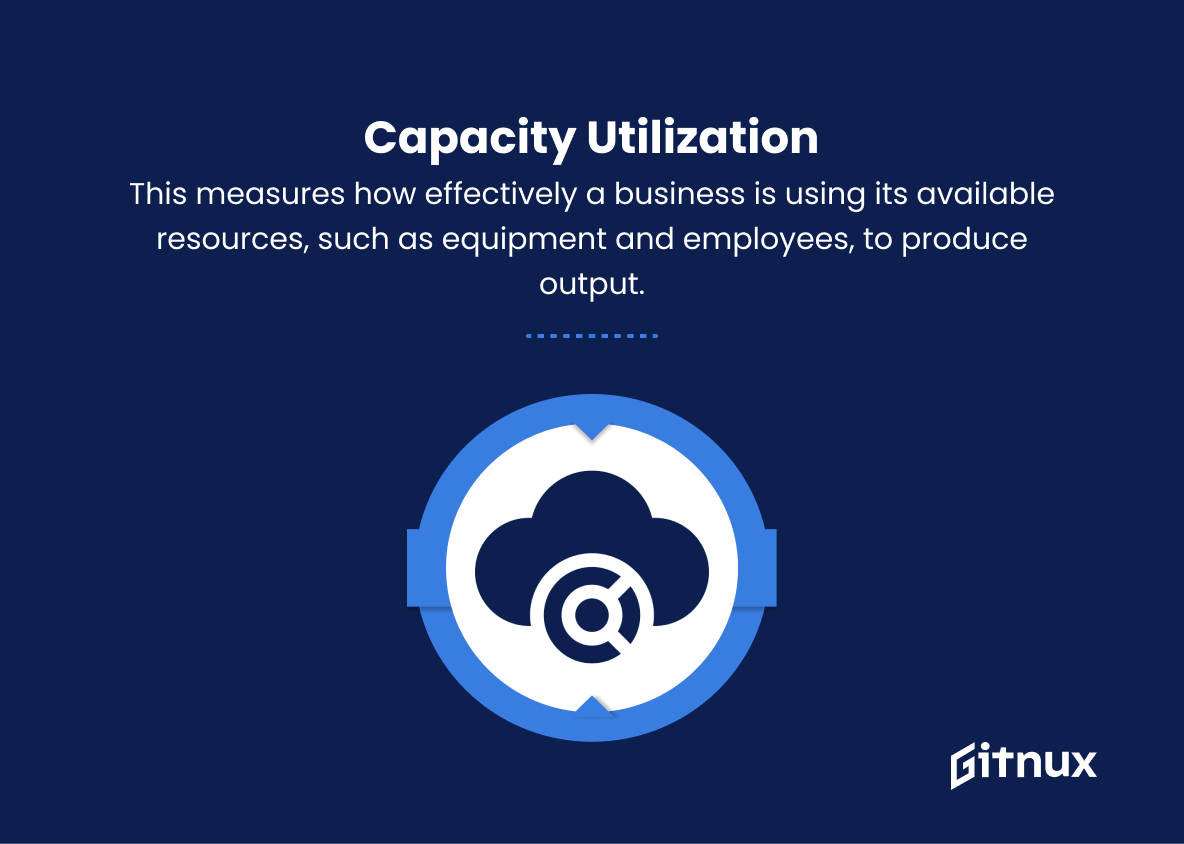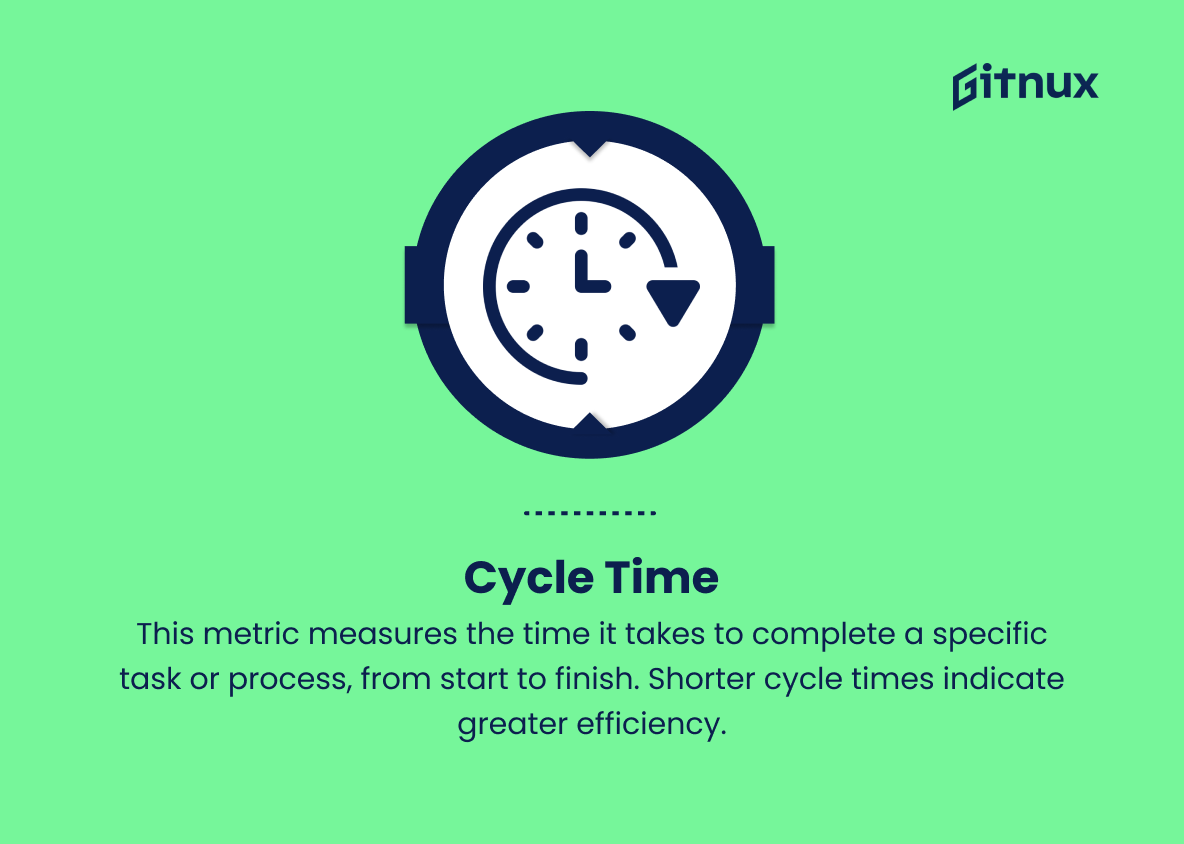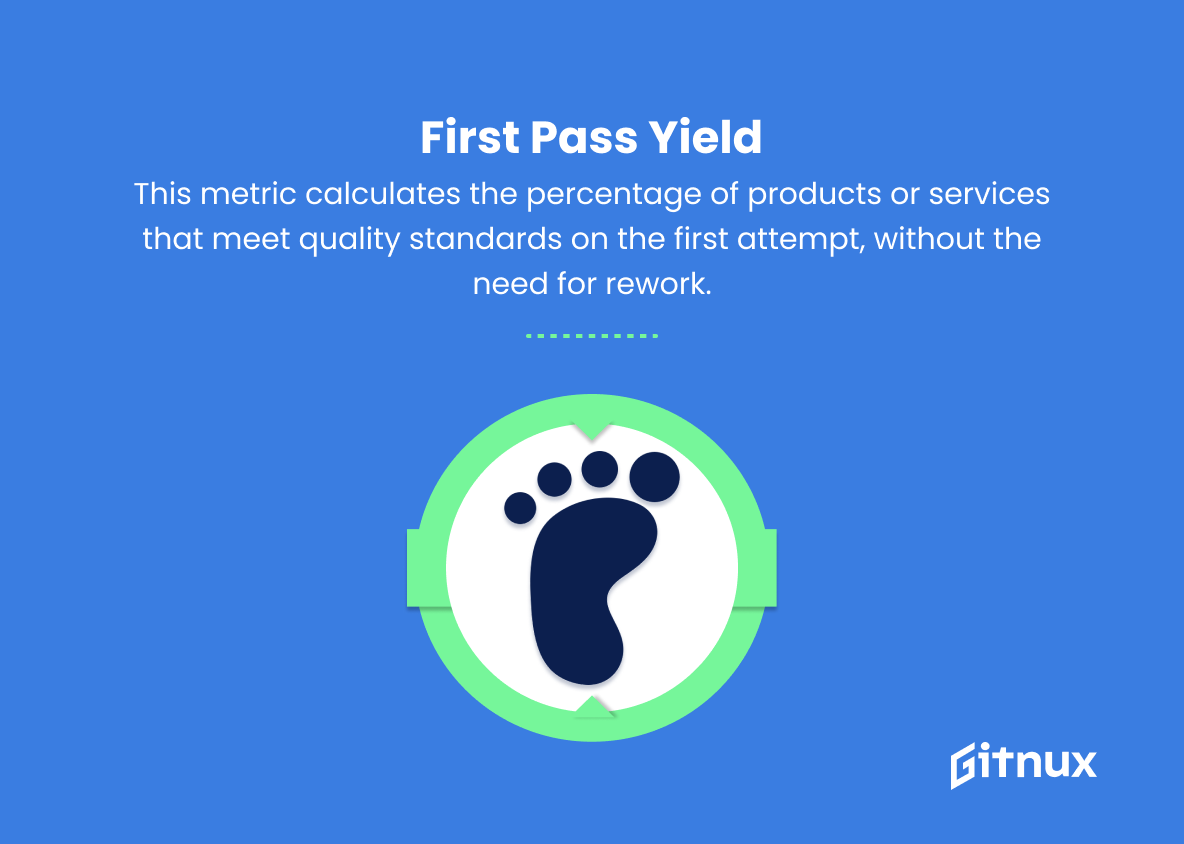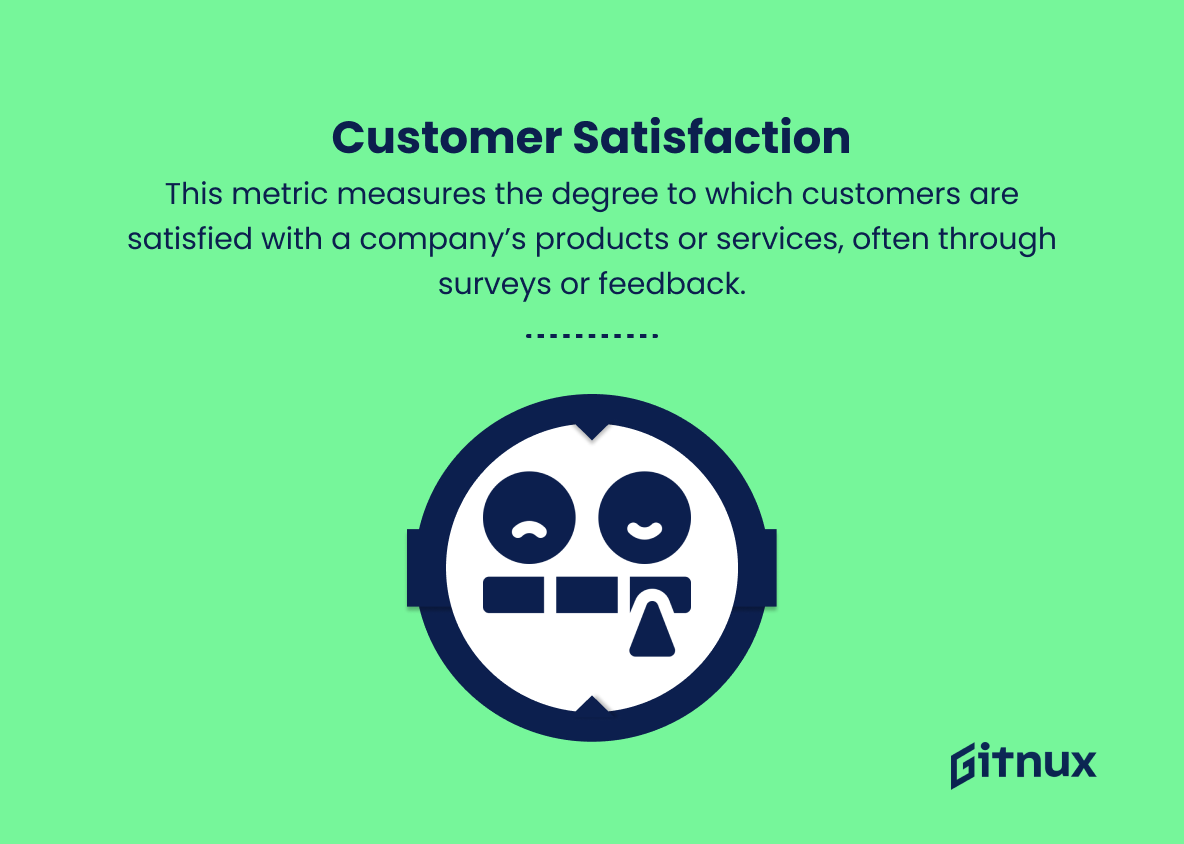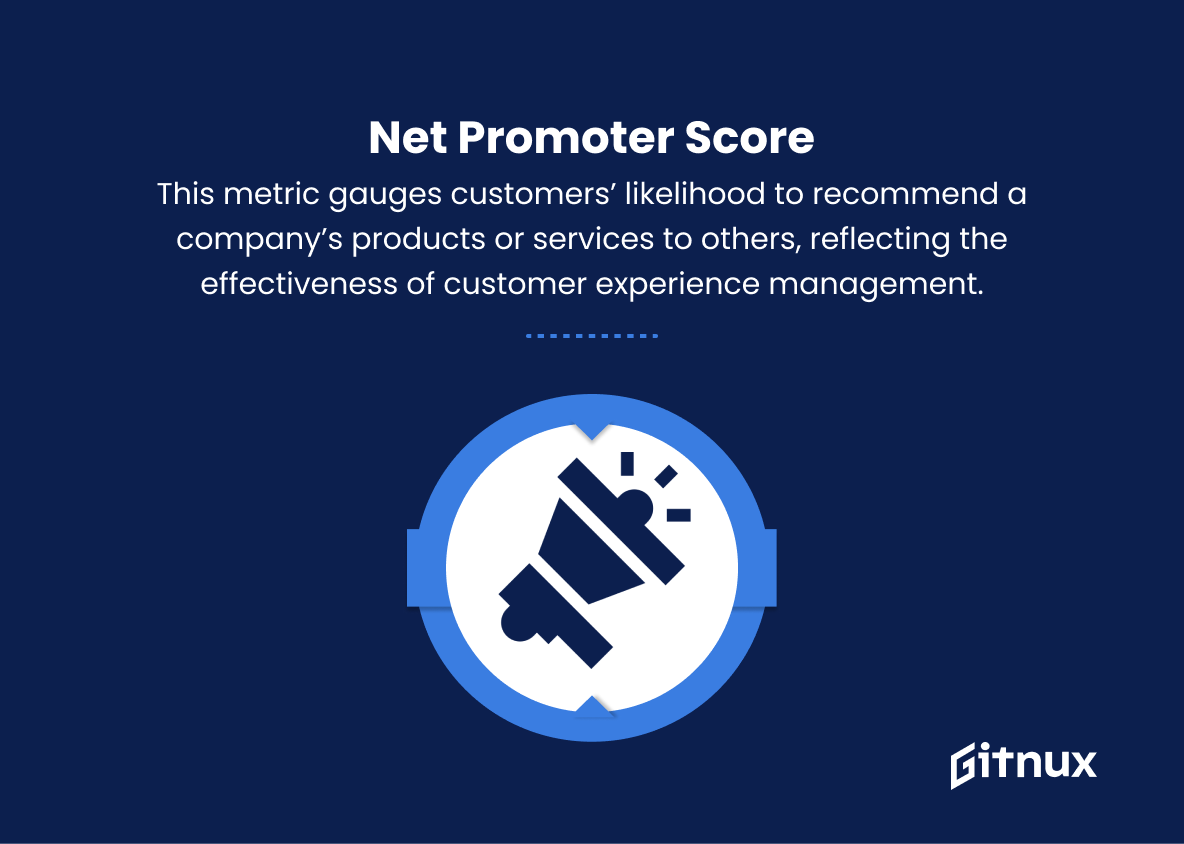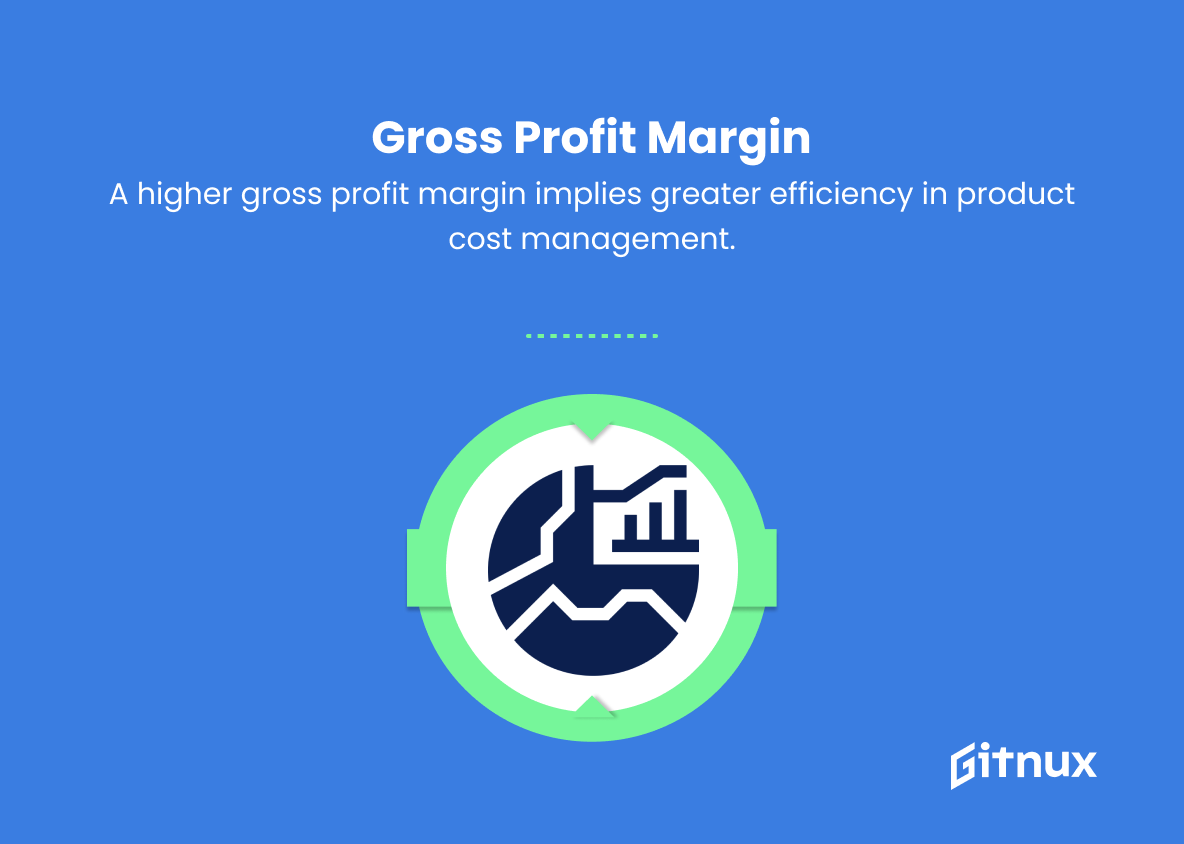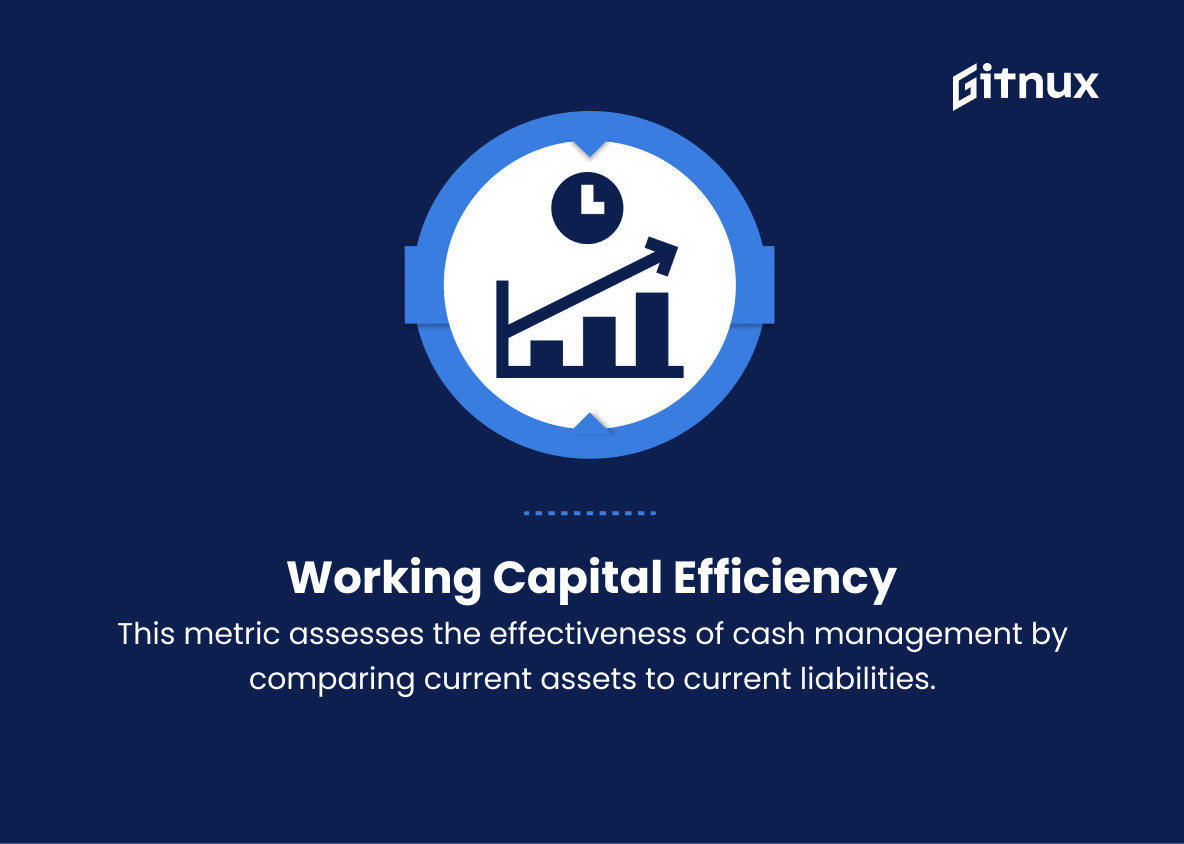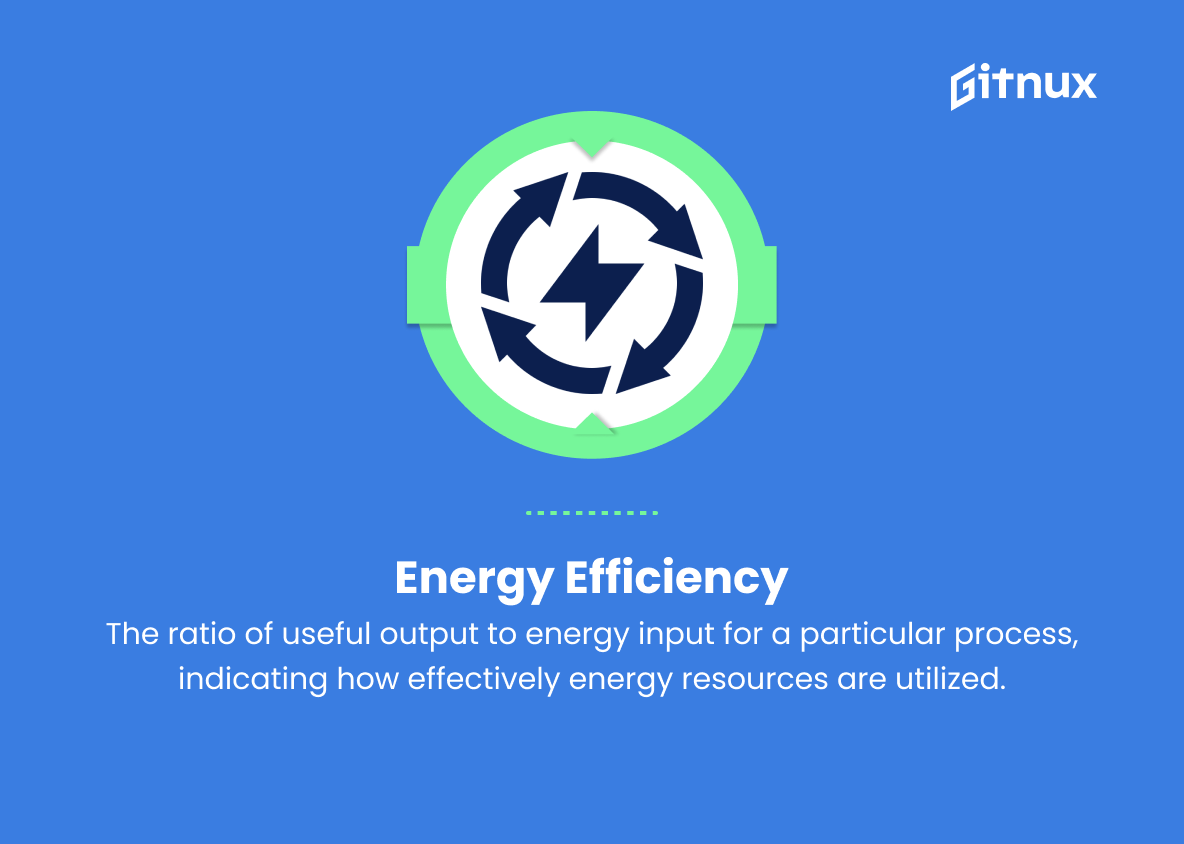In today’s competitive environment, businesses and organizations must continually strive to improve their performance in order to survive and thrive. At the heart of this pursuit of excellence lies the need to measure and analyze both efficiency and effectiveness metrics. Through tracking these key performance indicators (KPIs), managers and decision-makers can identify areas of strength and weakness, and implement strategies to enhance overall productivity and success.
This insightful blog post will delve into the world of efficiency and effectiveness metrics, shedding light on their importance, nuances, and providing guidance on how to optimize their usage for driving meaningful progress in any organization. So, buckle up and get ready to embark on a journey towards a better understanding of these powerful tools that can take your organization to new heights of performance and excellence.
Efficiency And Effectiveness Metrics You Should Know
1. Return on Investment (ROI)
This metric measures the efficiency of an investment by comparing the amount of returns to the initial cost. A higher ROI indicates greater efficiency.
2. Cost-Effectiveness
This metric compares the relative costs and outcomes of different strategies, indicating the most effective option for a given budget.
3. Labor Productivity
This metric calculates the output produced per hour of labor, reflecting the efficiency of the workforce.
4. Capacity Utilization
This measures how effectively a business is using its available resources, such as equipment and employees, to produce output.
5. Cycle Time
This metric measures the time it takes to complete a specific task or process, from start to finish. Shorter cycle times indicate greater efficiency.
6. First Pass Yield
This metric calculates the percentage of products or services that meet quality standards on the first attempt, without the need for rework.
7. On-Time Delivery
This metric measures the percentage of orders or projects that are delivered on time, reflecting a company’s effectiveness in meeting customer expectations.
8. Customer Satisfaction
This metric measures the degree to which customers are satisfied with a company’s products or services, often through surveys or feedback.
9. Employee Turnover
This metric calculates the rate at which employees leave the company, either voluntarily or involuntarily. High employee turnover can indicate low job satisfaction or organizational inefficiency.
10. Net Promoter Score (NPS)
This metric gauges customers’ likelihood to recommend a company’s products or services to others, reflecting the effectiveness of customer experience management.
11. Inventory Turnover
This metric measures how often a company sells and replaces its inventory, with higher turnover rates indicating more effective inventory management.
12. Gross Profit Margin
This ratio compares gross profit to total revenue, showing the proportion of money left over after considering the cost of goods sold. A higher gross profit margin implies greater efficiency in product cost management.
13. Working Capital Efficiency
This metric assesses the effectiveness of cash management by comparing current assets to current liabilities. A higher ratio indicates better short-term liquidity management.
14. Asset Turnover
This metric measures the efficiency of using assets to generate revenue, calculated by dividing total revenue by average total assets. A higher asset turnover indicates more effective use of assets.
15. Energy Efficiency
The ratio of useful output to energy input for a particular process, indicating how effectively energy resources are utilized.
By considering these efficiency and effectiveness metrics, businesses can pinpoint areas for improvement, streamline operations, and increase overall performance.
Efficiency And Effectiveness Metrics Explained
Efficiency and effectiveness metrics play a crucial role in evaluating a business’s performance, decision-making processes, and resource management. Return on Investment (ROI) measures the productivity of investments, while cost-effectiveness identifies the best strategy for a given budget. Labor productivity, capacity utilization, and cycle time all contribute to analyzing the efficiency of the workforce and resources. First pass yield and on-time delivery demonstrate the company’s ability to meet quality standards and customer expectations.
Customer satisfaction, employee turnover, and net promoter score reveal the success of customer experience management and employee satisfaction. Inventory turnover and gross profit margin allow businesses to assess their inventory management and cost management efficiency. Working capital efficiency, asset turnover, and energy efficiency analyze cash, asset, and energy utilization, providing valuable insights for enhancing overall business performance. By monitoring these metrics, companies can identify areas to improve, optimize operations, and ultimately increase their competitiveness in the market.
Conclusion
In conclusion, efficiency and effectiveness metrics play a critical role in assessing and improving the overall performance of any organization or process. By understanding the differences between these two types of metrics and incorporating them into our evaluation and decision-making processes, we can create sustainable growth strategies and optimize our resources.
Ultimately, a well-rounded approach to monitoring and analyzing both efficiency and effectiveness will ensure that our business processes and efforts yield optimal outcomes, enhancing the overall success of our endeavors. As we progress in the rapidly evolving world of technology and data-driven decision making, the importance of mastering these essential measures will only continue to grow. Embrace the power of efficiency and effectiveness metrics to foster a culture of continuous improvement and long-term success.
